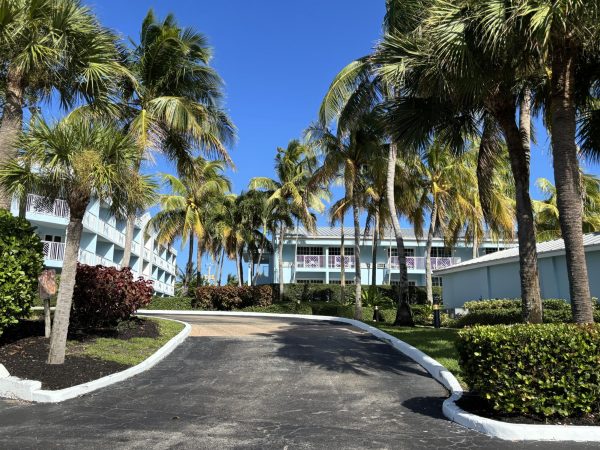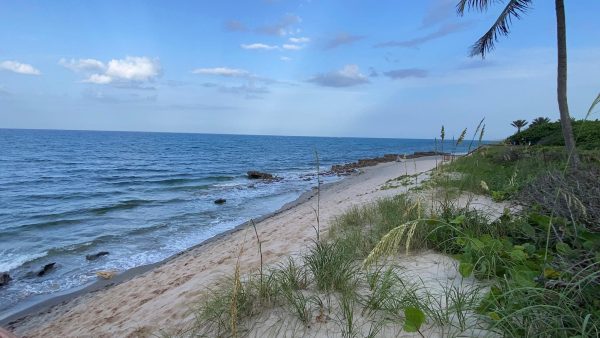Jupiter area beaches undergo dredging
The Jupiter Inlet, along with Jupiter and Juno area beaches, have been undergoing a dredging project to provide storm and turtle-nesting protection, in addition to recreation, since November 2020. The project is planned to conclude in February 2021.
The Jupiter Inlet District has reached an agreement with the U.S. Army Corps of Engineers to carry out the dredging contract. The Corps will dredge the Indian River Lagoon near the Jupiter Inlet. The district is likely to dredge the sand trap that is designed to collect underwater sediment, according to the Palm Beach Post.
“There is a natural process of longshore drift that moves sand along the coast. Also, storms with high wave action can cause a lot of beach erosion…but, these are all natural processes and we should expect sand to move around,” Aaron Lichtig, a Jupiter Environmental Research and Field Studies Academy teacher, said.
The Jupiter Inlet District starts a new dredging project every two years, but since the Inlet is narrow, it has to be done every spring.
“[When dredging], the channels and inlet are cleared of shallow areas and silt and the removal of the sand/silt helps keep the water clearer for filter feeders and they often place it on the beach which helps with erosion,” Daniel Blasky, a Jupiter High science teacher, said.
During the process of dredging, a dredge is used to remove mud from the bottom of a body of water. The water levels in the Jupiter Inlet are dangerously low causing the waterway to become hazardous to boaters.
“Basically, it’s like taking a giant wet-vac to the bottom and holding it just above the bottom to suck up the sediments. It then goes in pipes and is either deposited along the beach or further offshore,” Blasky said.
Dredging the Inlet is important to ensure safety for Jupiter residents. Without consistent dredging, the waterways could cause major environmental issues and would be too hazardous. Jupiter is already home to the most dangerous Inlet on the east coast of the U.S.
“Nature usually [redeposits silt] through storms. If we get some heavy tidal surge or storms and you see the water look milky, you know there is lots of silt. Buildup can also cause sandbars that boats can run aground on right outside the inlet and make the waves break meaner too,” Blasky said.
Turtle nesting season begins in March If the dredging interferes with nesting seasoning they could run into environmental issues or disturb marine life.
“There are lots of environmental impact statements that have to be done. One of the biggest issues is they can’t do it during turtle nesting season,” Blasky said.
The waterways are open for boaters, but it’s important for boaters to be aware any time dredging is taking place.






